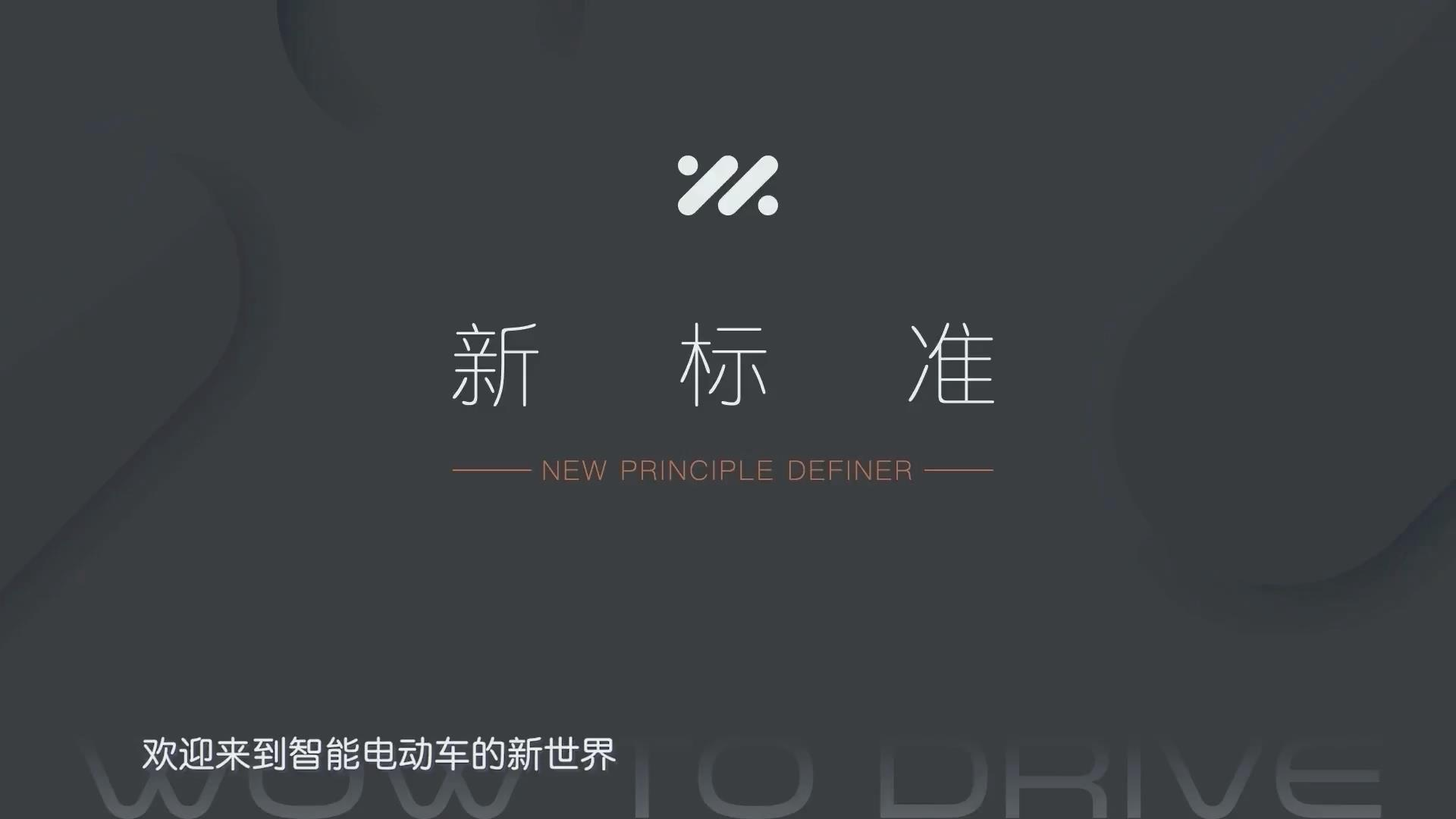On April 17th, IM held a pre-recorded online conference, which was clearly an extraordinary effort to ensure timely release, especially during the ongoing outbreak in Shanghai. This demonstrates SAIC’s sustained support of IM’s project with maximum energy.
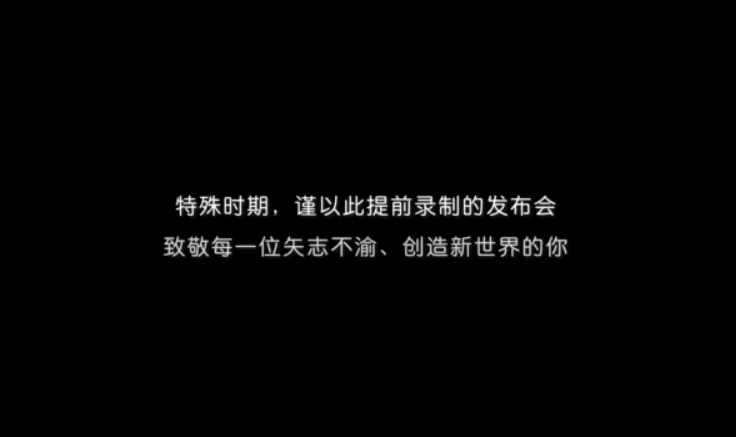
In fact, the conference mainly covered three contents:
- IM L7 completed the Guinness world record for the longest distance of electric vehicle drifting on a wet surface, challenging Porsche Taycan, with a total of 258 laps for 1 hour and 6 minutes, or 43.646 kilometers. The previous record was held by the Porsche Taycan at 42.171 kilometers.

- Liu Tao, Co-President of IM Automotive, and an F1 commentator, along with a car modification blogger, conducted a lap test of the IM L7 at the Tianma Mountain track in Shanghai. By explaining and experiencing it, they showcased L7’s ultimate handling performance, highlighting the exceptional product features of IM L7 again.
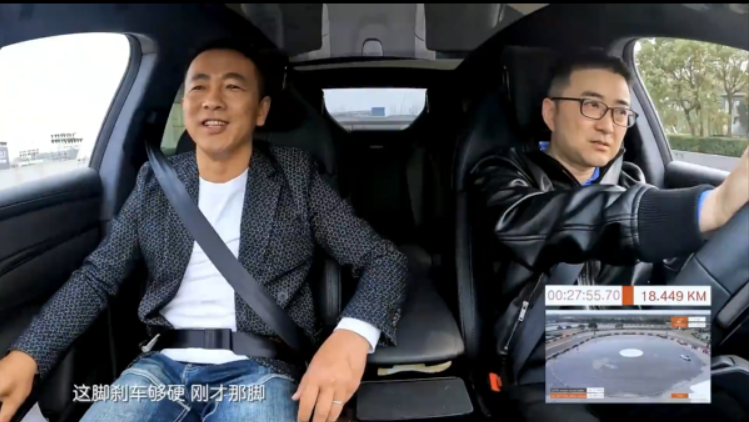
- IM L7 Dynamic version was released. The biggest difference between this model and the previously released IM L7 Pro is the cancellation of the DLP light guide headlight, ISC interactable flowing light, scene sensing intelligent door, 20-inch sharp color collision wheel, and the solid wood decoration of the door panels and dashboard. The price range has further dropped to 368,800 yuan.
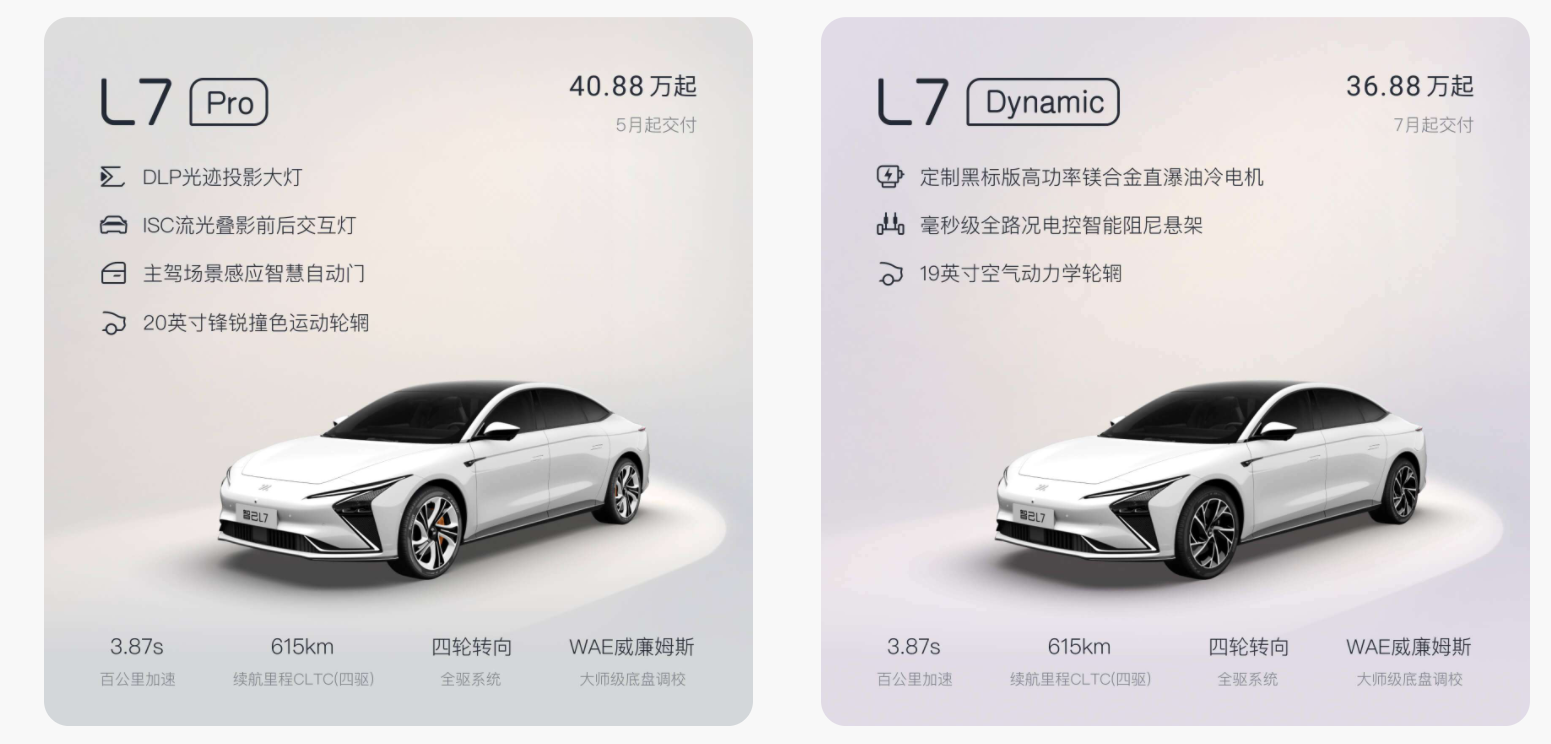
As a new energy vehicle enthusiast that has been following IM Automotive during this year’s Shanghai Auto Show, my understanding of IM Automotive has consistently been refreshed.
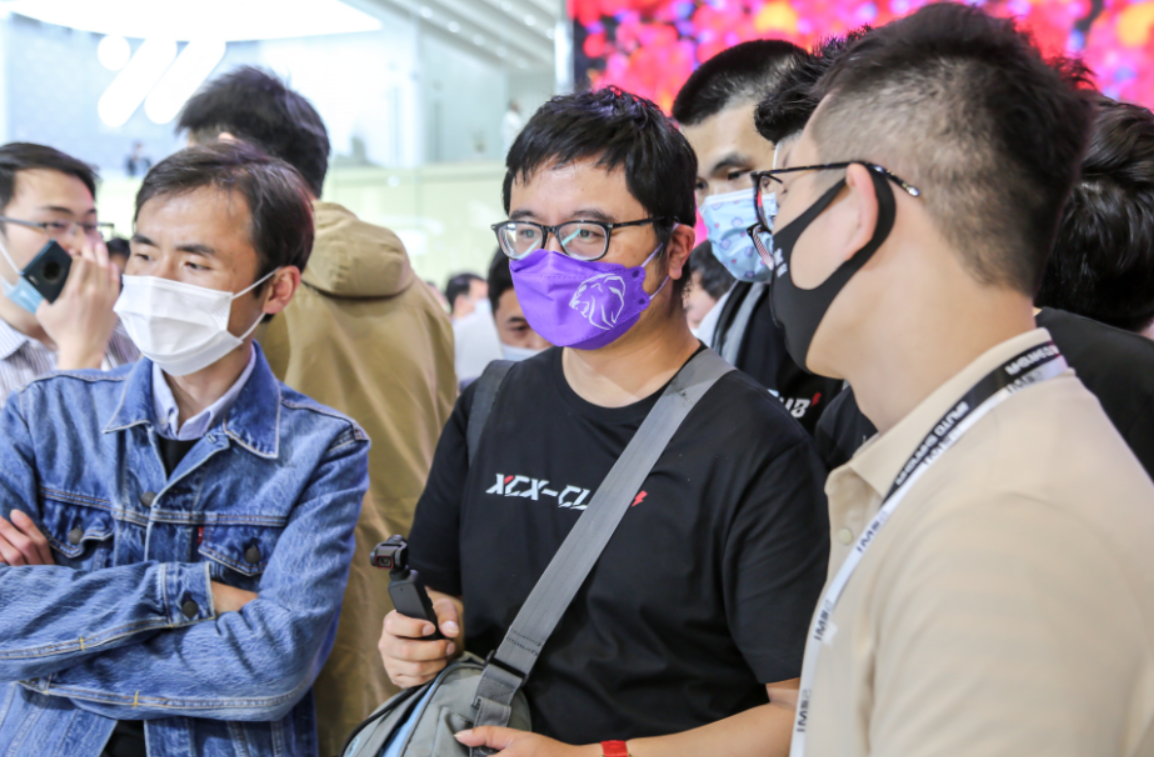 At the beginning, I saw the Zeekr L7 at the Shanghai auto show and thought it looked really good. However, at the time, I was discussing with some fellow car enthusiasts about the issue of upgrading laser radar on the spot, and the engineers who were present responded by saying “Don’t leave, I’ll go find someone”. To be honest, at the time, I was more inclined to see this product as a “fancy upgrade product” from SAIC Roewe (which was still called R Motor at the time).
At the beginning, I saw the Zeekr L7 at the Shanghai auto show and thought it looked really good. However, at the time, I was discussing with some fellow car enthusiasts about the issue of upgrading laser radar on the spot, and the engineers who were present responded by saying “Don’t leave, I’ll go find someone”. To be honest, at the time, I was more inclined to see this product as a “fancy upgrade product” from SAIC Roewe (which was still called R Motor at the time).
Later, in the summer of this year, Zeekr showcased its city and highway assisted driving capabilities in multiple scenarios in Shanghai and Suzhou. Considering that the hardware currently installed on the Zeekr L7 is essentially the mainstream configuration in the currently available production cars, its ability to assist in driving on city roads is particularly impressive. Its ability to identify situations such as vehicles cutting in, recognizing electric bikes and tricycles crossing the road, evading pedestrians crossing at intersections, responding to cars cutting in at close distances, and autonomously changing lanes when encountering slow-moving cars all demonstrated good performance. Although mass production and delivery have not yet been achieved, the product still gives the impression of being quite sincere.
And now, leading up to the delivery date, Zeekr has launched a series of promotional campaigns regarding its handling performance, which I find quite interesting. To be honest, in the field of new energy vehicles, there are many discussions about intelligence, services, and luxury, but not so many about handling, especially those that frequently venture onto the racetrack, which makes Zeekr seem like one of the pioneers. Why has Zeekr employed this strategy? Is the newly launched model worth it? Let’s talk briefly about my thoughts.
Exploring the definition of luxury for electric vehicles
In the traditional automotive industry, the definition of luxury is relatively simple, just look at BBA and that should suffice. Basically, all luxury brands benchmark against BBA and compete in terms of power, space, interior design, and configuration. It is all about “I can provide more for the same price” or “my configuration is more affordable for the same price”. Regardless of how they compete, traditional fuel engine technology and vehicle tuning advantages have never been enough to surpass the dominant position of BBA.However, with the arrival of new energy, there has been a revolutionary change in the traditional understanding of cars, as IM’s founder, Liu Tao, said at the launch event, the competition between new energy systems and fuel systems is a “downgrade”, mainly due to the super high thermal efficiency and instant bursting performance of electric motors. For example, let’s compare the IM L7 with the B brand’s models. The following image is very clear:
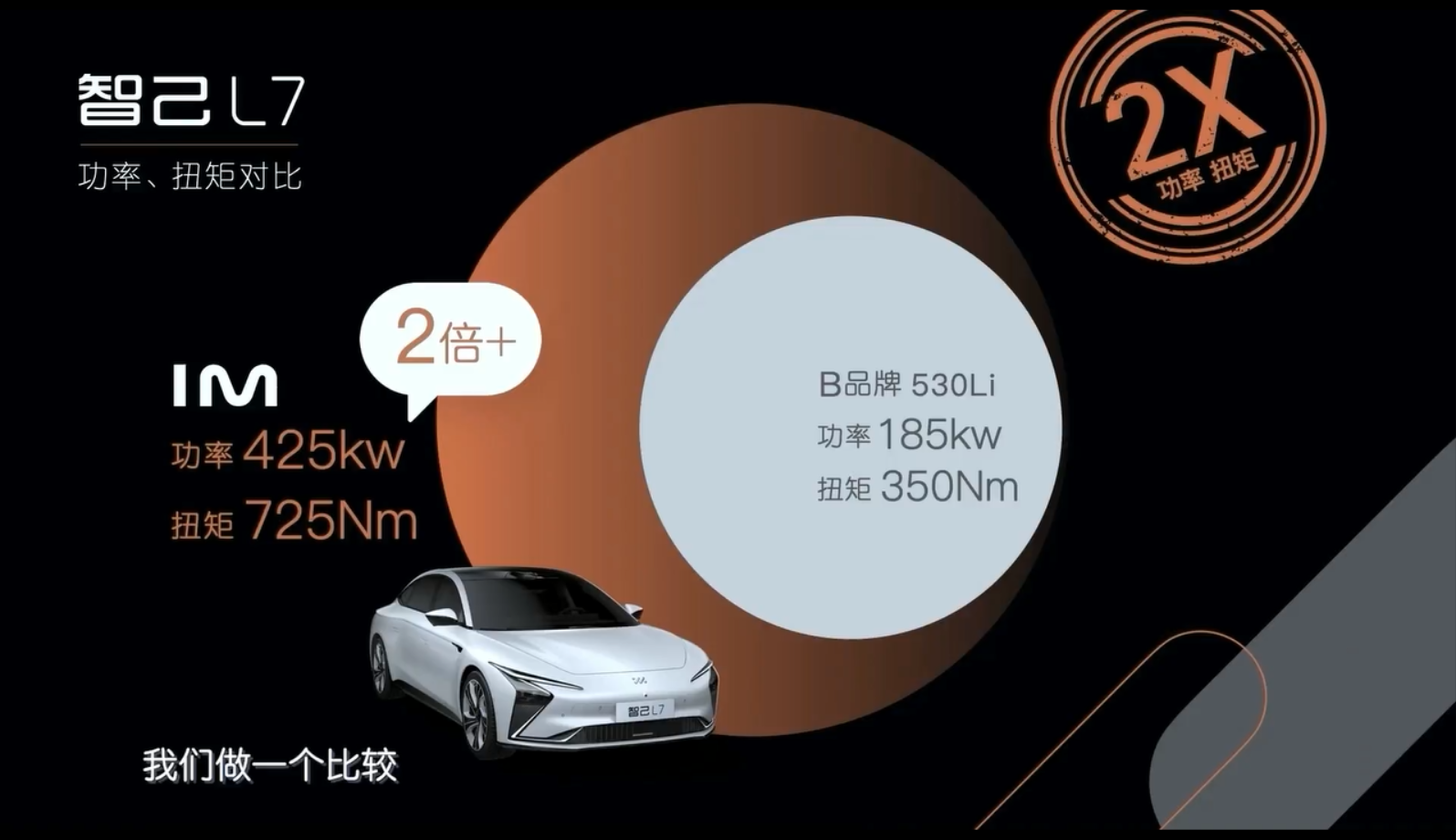
The IM L7 has already provided crushing power output against traditional brands in the same class. It’s not just IM, but in the field of new energy vehicles, there are such cases. So, in this context, how should luxury be defined in the new generation of electric vehicles?
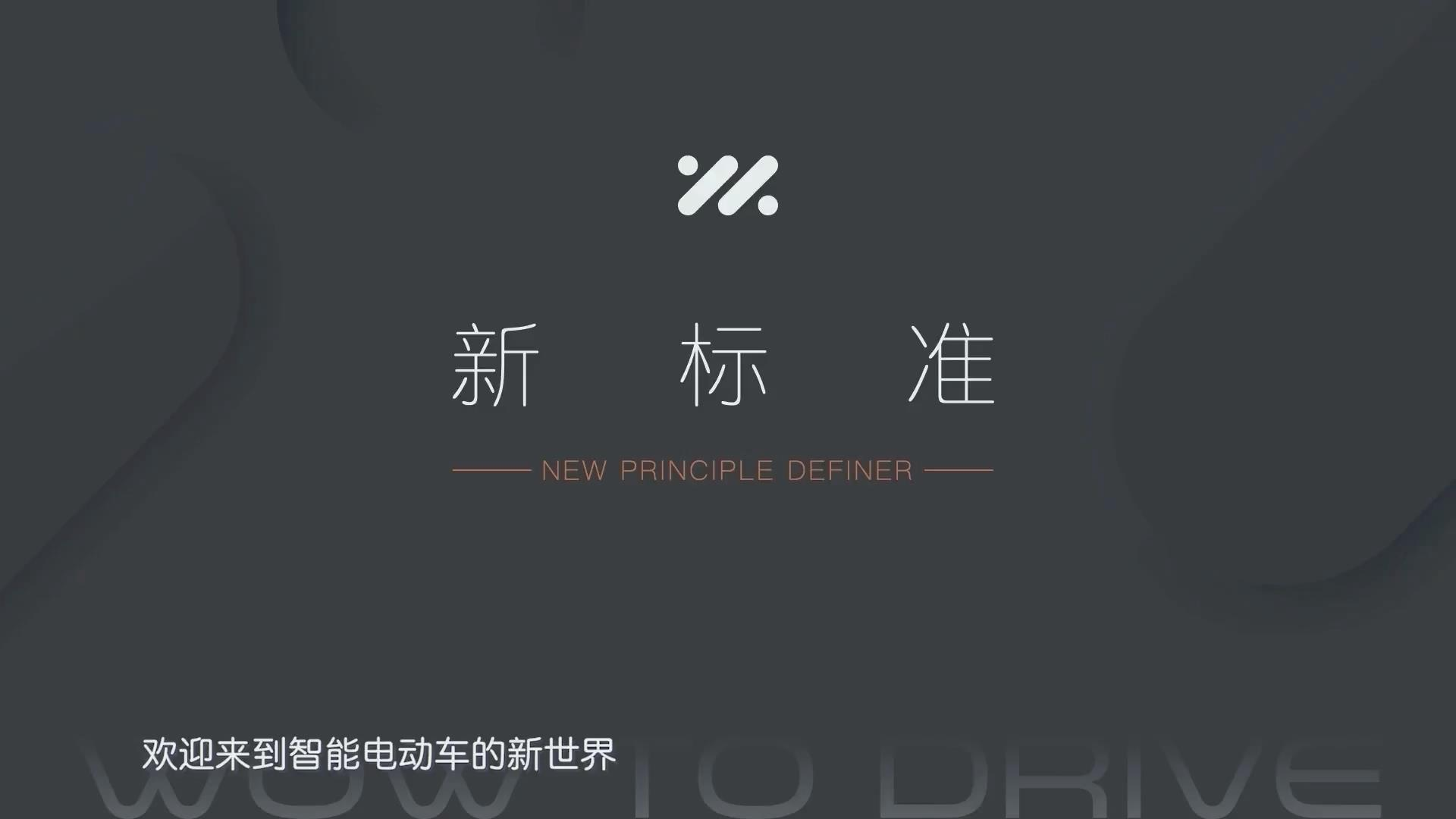
In this case, IM’s point of view is that an all-round “multifaceted” player is the new standard of luxury. According to Liu Tao’s original words: “Personally, I think that using cutting-edge technology can allow things that were previously impossible to achieve win-win situations, or to achieve both.”
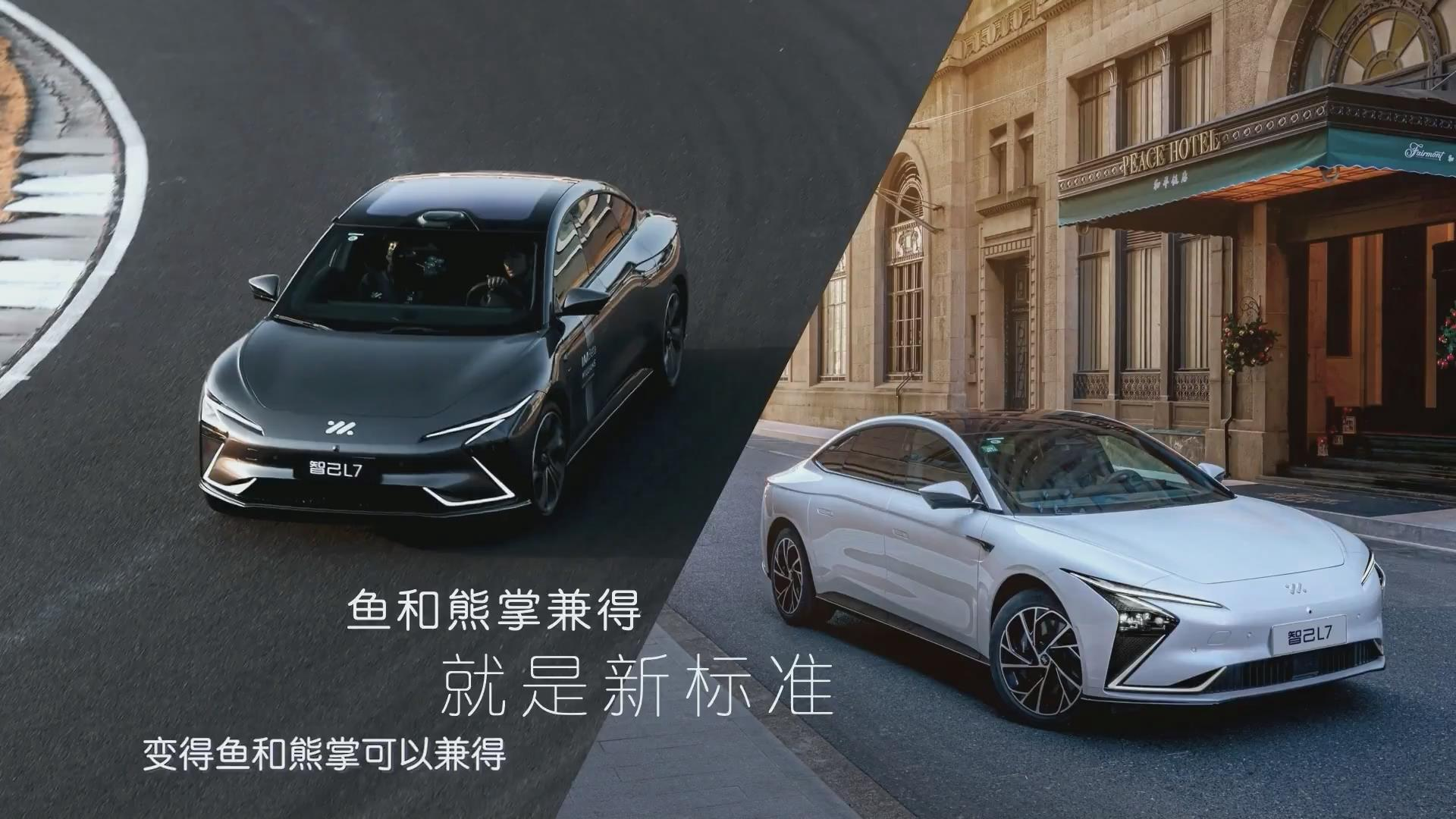
For example, through integration of contradictory aspects such as “power and endurance”, “acceleration and braking”, and “large space and good handling”, the “win-win situation” can be achieved. In fact, this saying can be translated to a popular internet catchphrase which means “adults want both”. This should be the new definition of luxury in the context of IM’s new energy background.
In fact, this is a quite remarkable decision, which means that IM has started to confront the core advantages of traditional luxury brands such as BBA, which is the century-old advantage in handling. Because there is a slight difference in tuning between new energy cars and fuel cars, IM has both internal and external training. They have used their structural advantages in hardware layout to form a competitive leading position, and have used advanced engineering service providers’ technical accumulation to anchor details one by one, and launch an all-out attack to challenge the “last fortress” of traditional luxury brands.
IM’s confidence to challenge BBA mainly comes from SAIC’s strong strength. As China’s largest car sales company, SAIC’s annual sales volume accounts for 25% of China’s total car sales, and has been the national sales champion for 15 consecutive years, with a place in almost every market segment. The reason for having such sales is closely related to SAIC’s strong engineering strength. As the largest car manufacturer in the country, SAIC’s engineering strength is evident to all. As a simple example: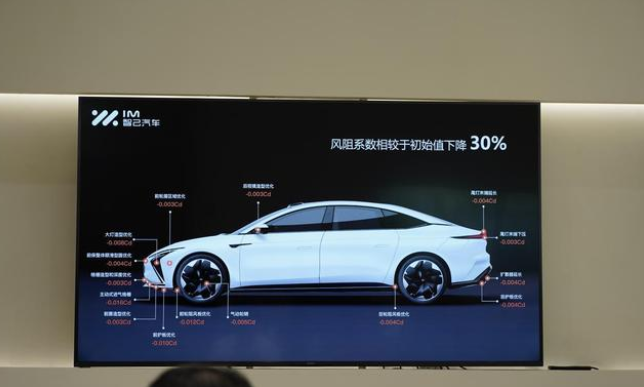
For example, the vehicle thermodynamic wind tunnel test laboratory: After investing in the vehicle safety test laboratory for 3 years, SAIC invested another 180 million yuan in March 2012, and the vehicle thermodynamic wind tunnel test laboratory was officially put into use. The wind tunnel has globally leading climate simulation technology for temperature, humidity, and lighting, as well as road load simulation technology. This is the first thermodynamic wind tunnel test laboratory in domestic vehicle manufacturers with leading global standards.
Even today, ten years later, there is still no host factory in China that can provide similar wind tunnel laboratories. In fact, only with wind tunnel laboratories can comprehensive development capabilities be achieved in automatic air conditioning control, vehicle comfort development, and vehicle thermodynamic system integration, which is one of the reasons why the IM L7 can achieve a very low drag coefficient of 0.21Cd.
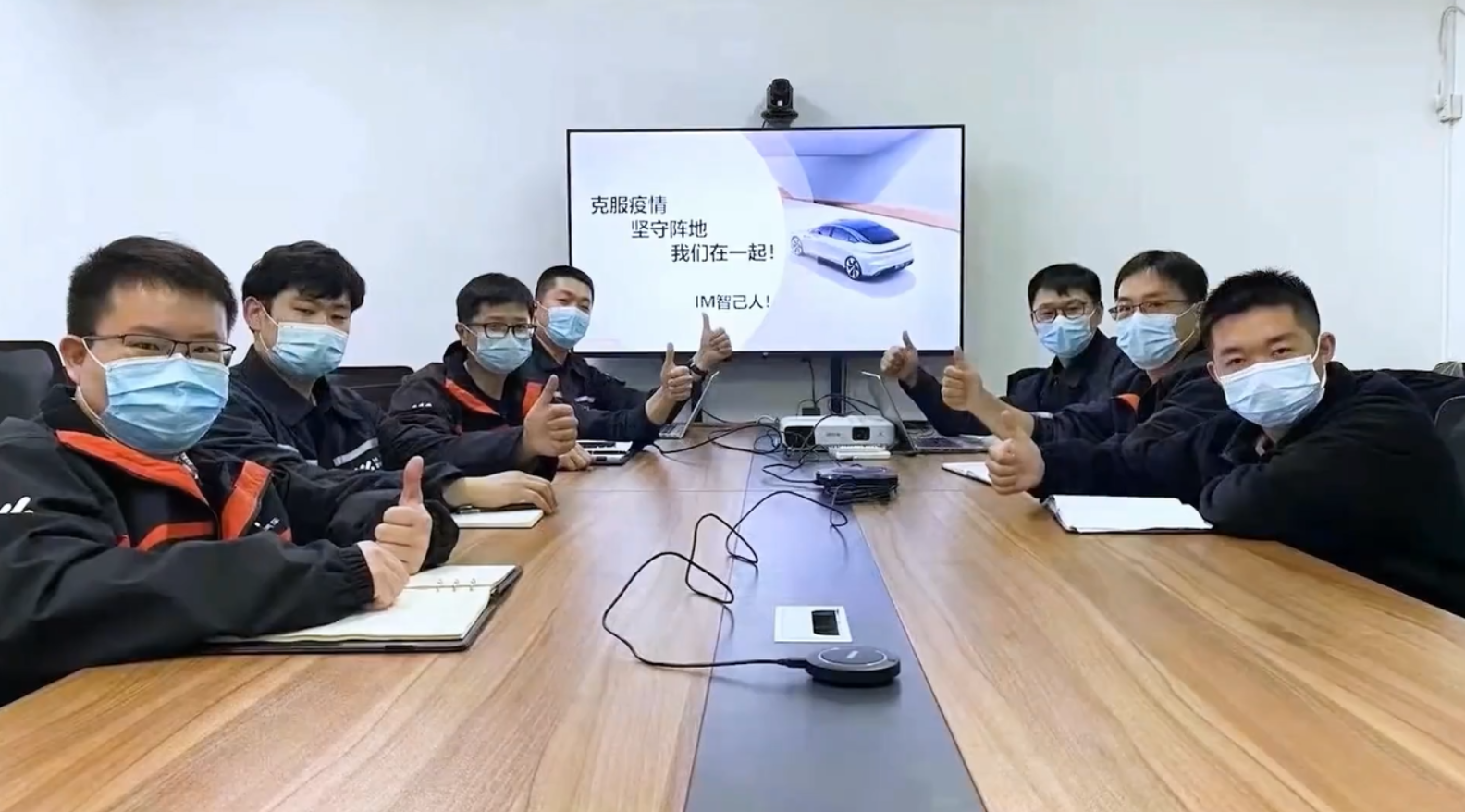
In addition to hardware strength, the accumulation of decades of software, personnel, processes, and systems is actually an invaluable wealth and a benchmark that leads domestic car companies. Especially for cars, in addition to beautiful design and eye-catching specifications, it also requires a mature quality system, mature design experience, and mature manufacturing capabilities.
Therefore, based on such strong engineering strength, IM has the confidence to challenge luxury brands such as BBA and redefine the definition of luxury cars in the new energy era.
What are the highlights of the IM L7 in terms of driving?
At the press conference, IM’s Liu Tao introduced many highlights of the IM L7 in terms of driving, and here are a few impressive ones:
Excellent acceleration and deceleration performance
The L7’s acceleration to 100 km/h in under 3.87 seconds is an excellent achievement for mid- to large-sized sedans, which is basically on par with NIO ET7 and JiKe 001 at the top level. Not only can it go fast, but it can also stop quickly with a 100 km/h braking distance of 32.69 meters, which is completely the “top student” among similar models.
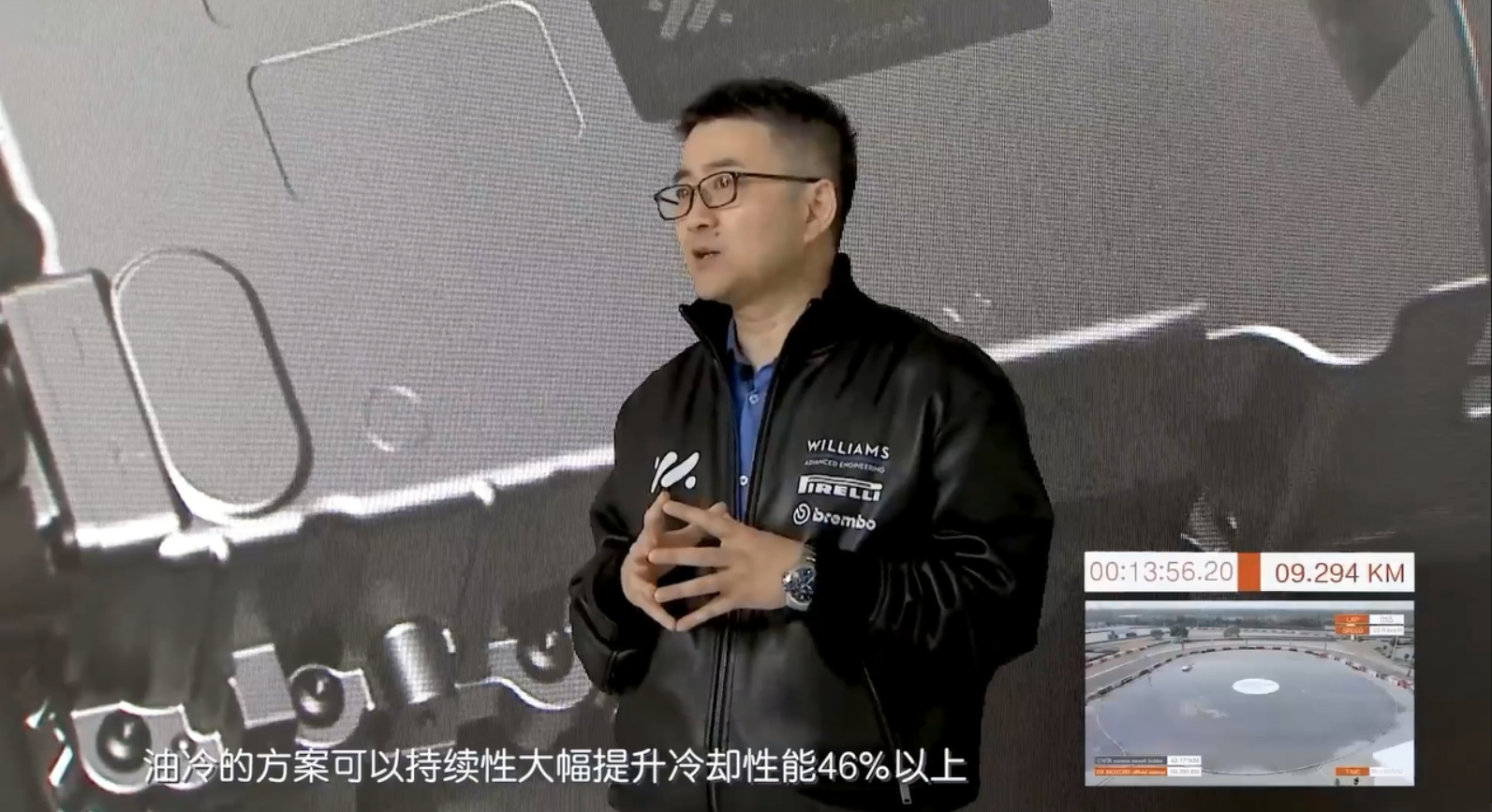 Here is an interesting advantage of the IM L7: it is equipped with a liquid-cooled electric motor which ensures that the car achieves ten consecutive 100 km/h accelerations and decelerations with no performance degradation. This is quite remarkable, given that electric motors require time to cool down after heating up. Tesla, for example, has developed a “Ludicrous mode” to account for this. However, with the IM L7’s oil-cooled electric motor, cooling efficiency is enhanced by 46%, achieving a better cooling effect.
Here is an interesting advantage of the IM L7: it is equipped with a liquid-cooled electric motor which ensures that the car achieves ten consecutive 100 km/h accelerations and decelerations with no performance degradation. This is quite remarkable, given that electric motors require time to cool down after heating up. Tesla, for example, has developed a “Ludicrous mode” to account for this. However, with the IM L7’s oil-cooled electric motor, cooling efficiency is enhanced by 46%, achieving a better cooling effect.
Uncompromising Range
With a powerful four-wheel-drive system, the IM L7 boasts a remarkable range of up to CLTC 615 km. This is achieved through the use of high-density batteries and a flat battery layout, resulting in a power consumption rate of around 15 kWh/100km when calculated under the 93-degree battery configuration. Based on the performance of the ET7 and XPeng P7, a rate of 15 kWh/100km should be sufficient. After all, the ET7’s power consumption is generally within the range of 13-15 kWh/100km. And the P7’s consumption under high loading conditions seldomly exceeds 15 kWh/100 km. I think this range is quite reliable.
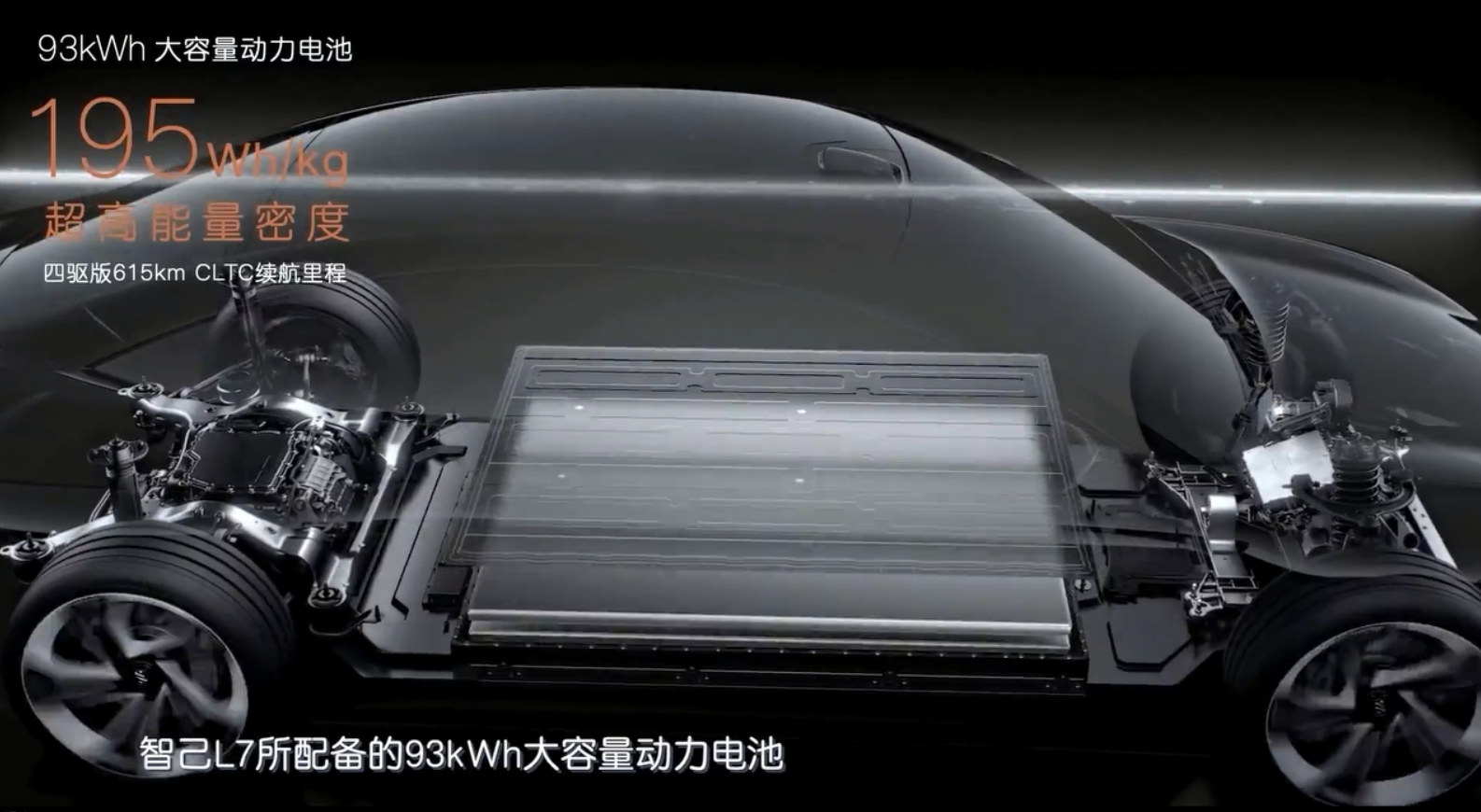
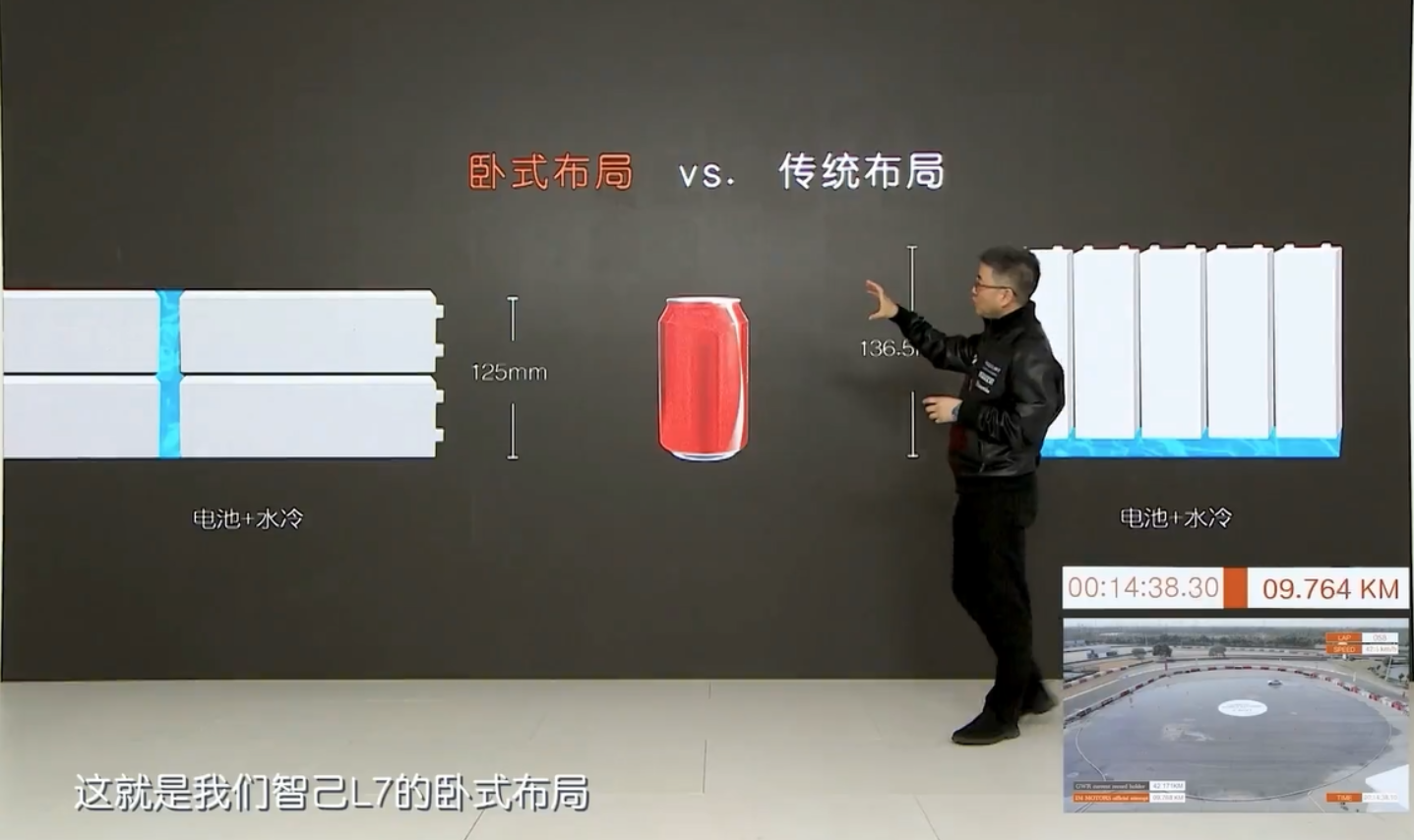
One interesting detail is the battery’s “flat” structure design, which not only saves horizontal space but also reduces the thickness of the water-cooled part. It is 125mm thick and has a specific energy of 195 Wh/kg, providing excellent support for the range.
Highly Practical Four-Wheel Steering
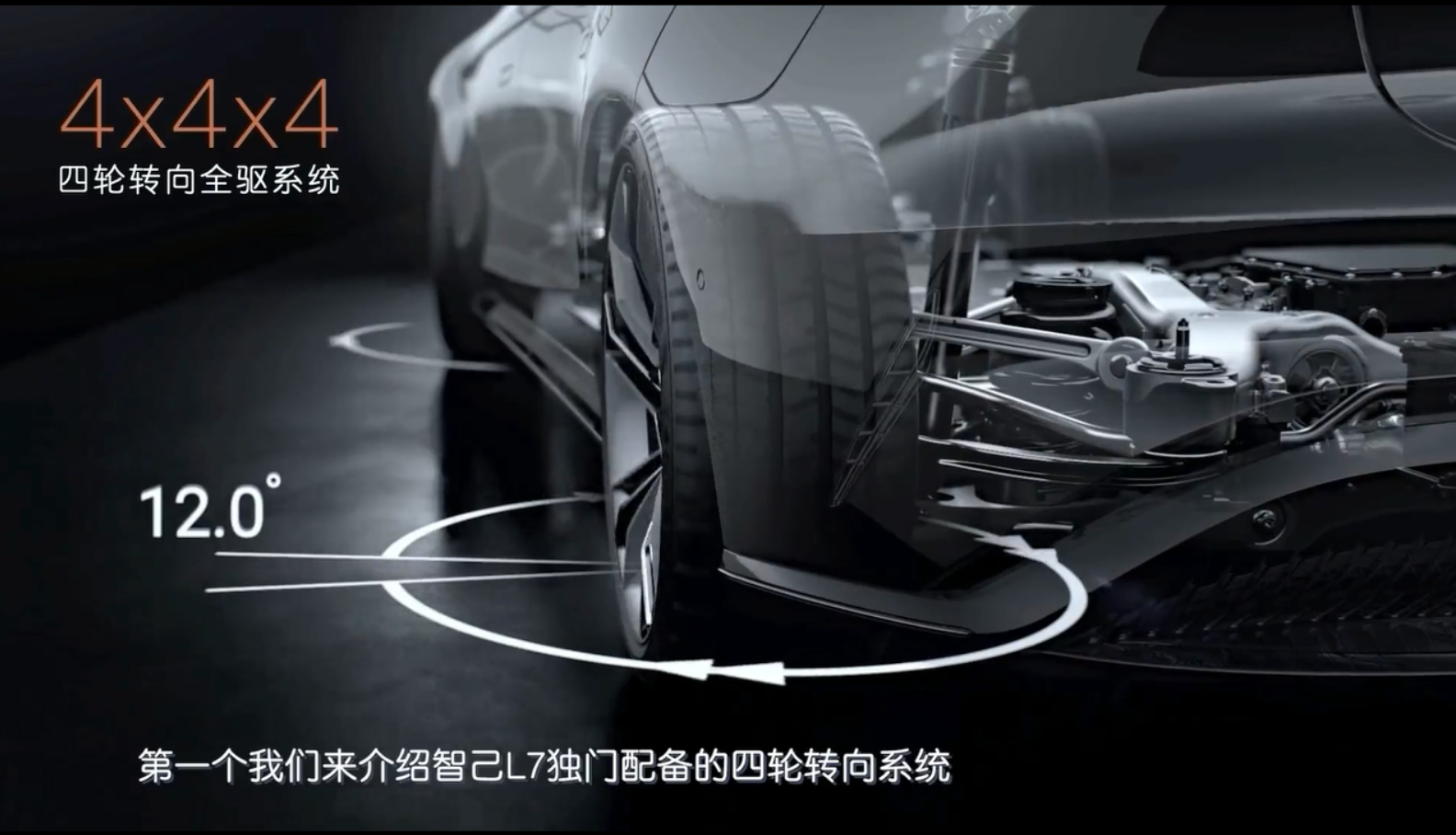
Four-wheel steering is highly relevant for medium to large cars as their turning circles are often too large, requiring two or three turns to make a U-turn on a four-lane city road. Those who have experienced this on their way to work or home will understand the difficulty.
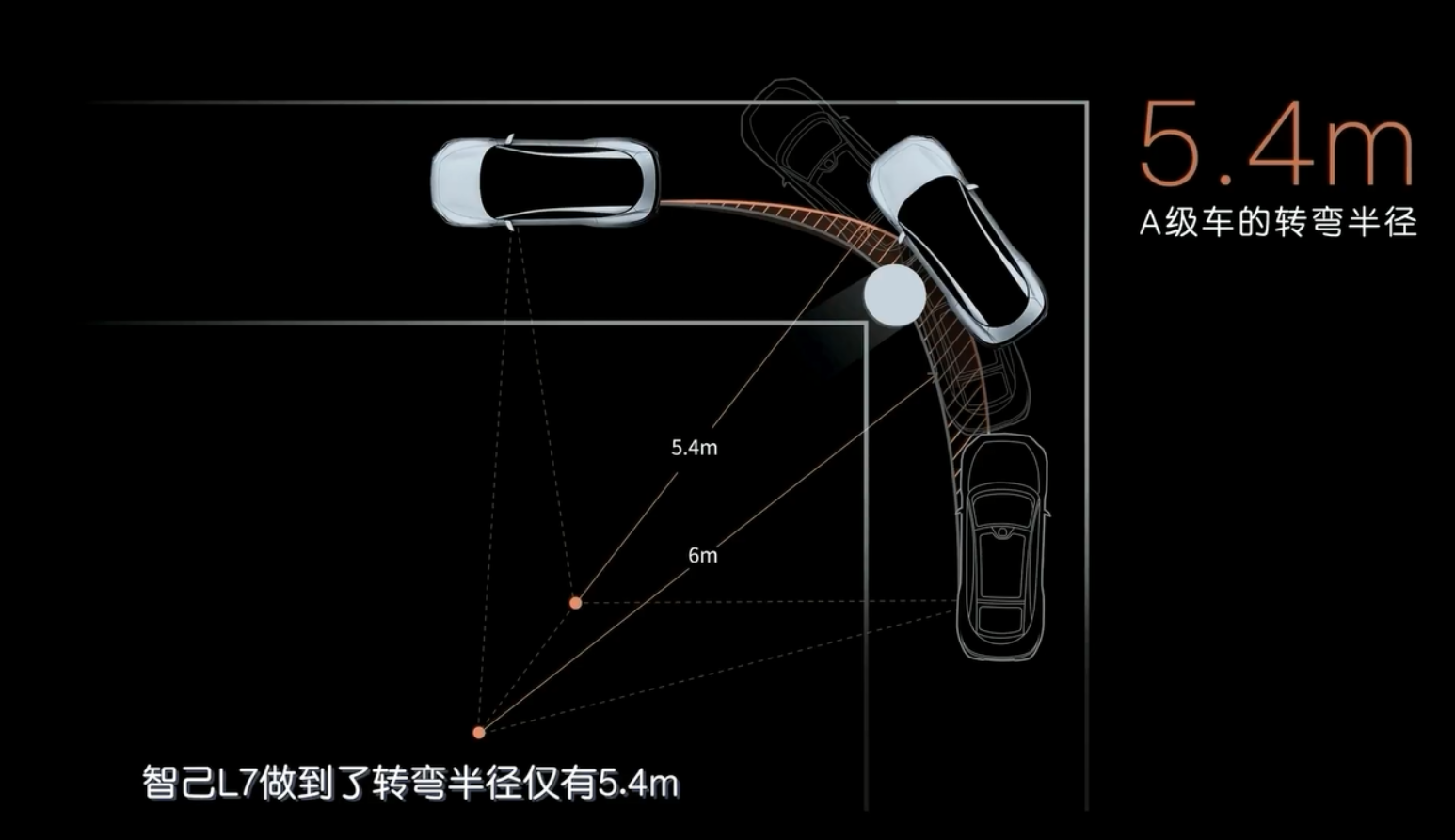
The IM L7 has a turning radius of just 5.4 meters, which is basically the ability to make a U-turn on a two-lane road with a single turn. This is the hallmark of an A-level car, and the IM launch event included a short comparison video to demonstrate it.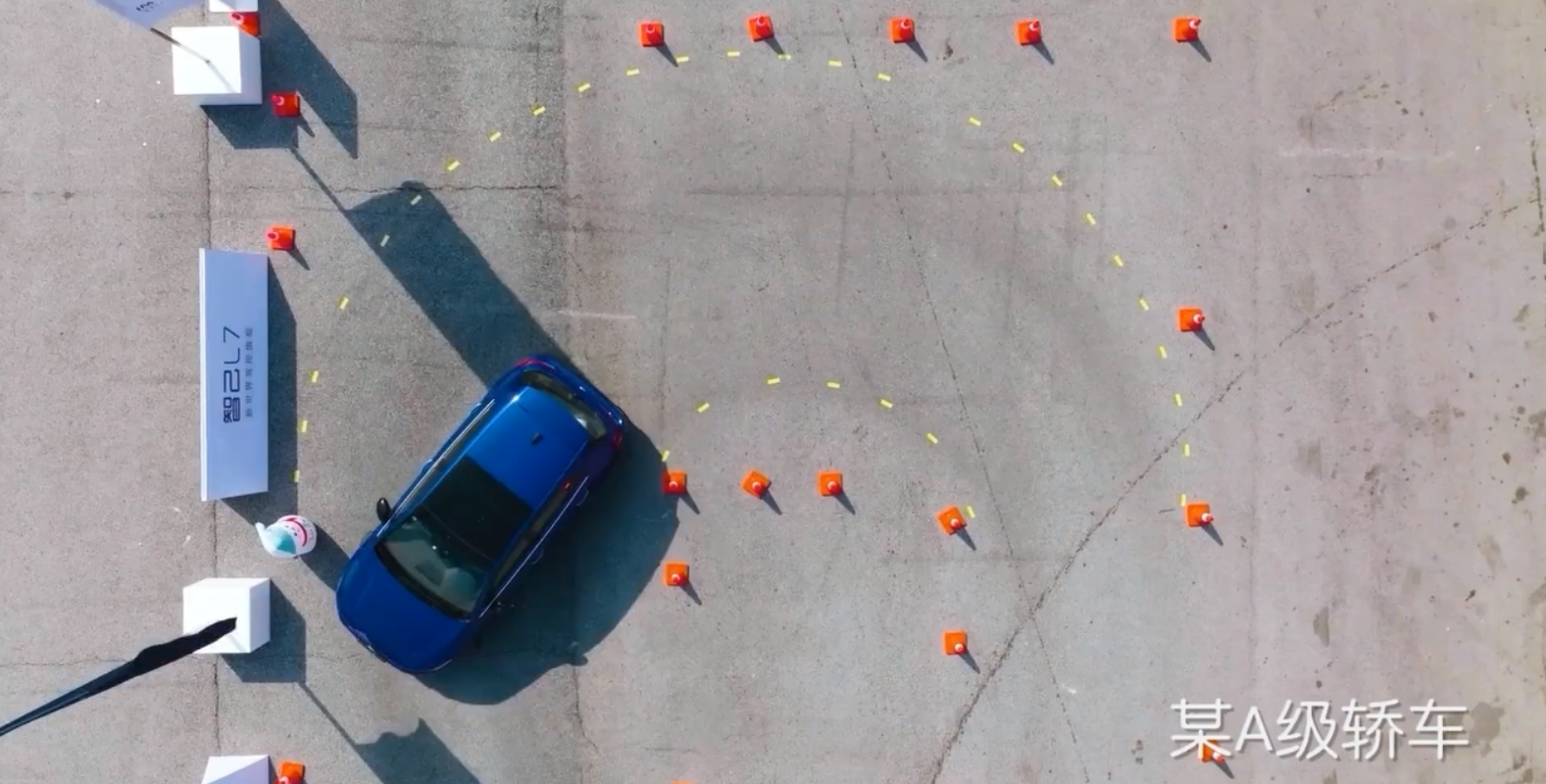
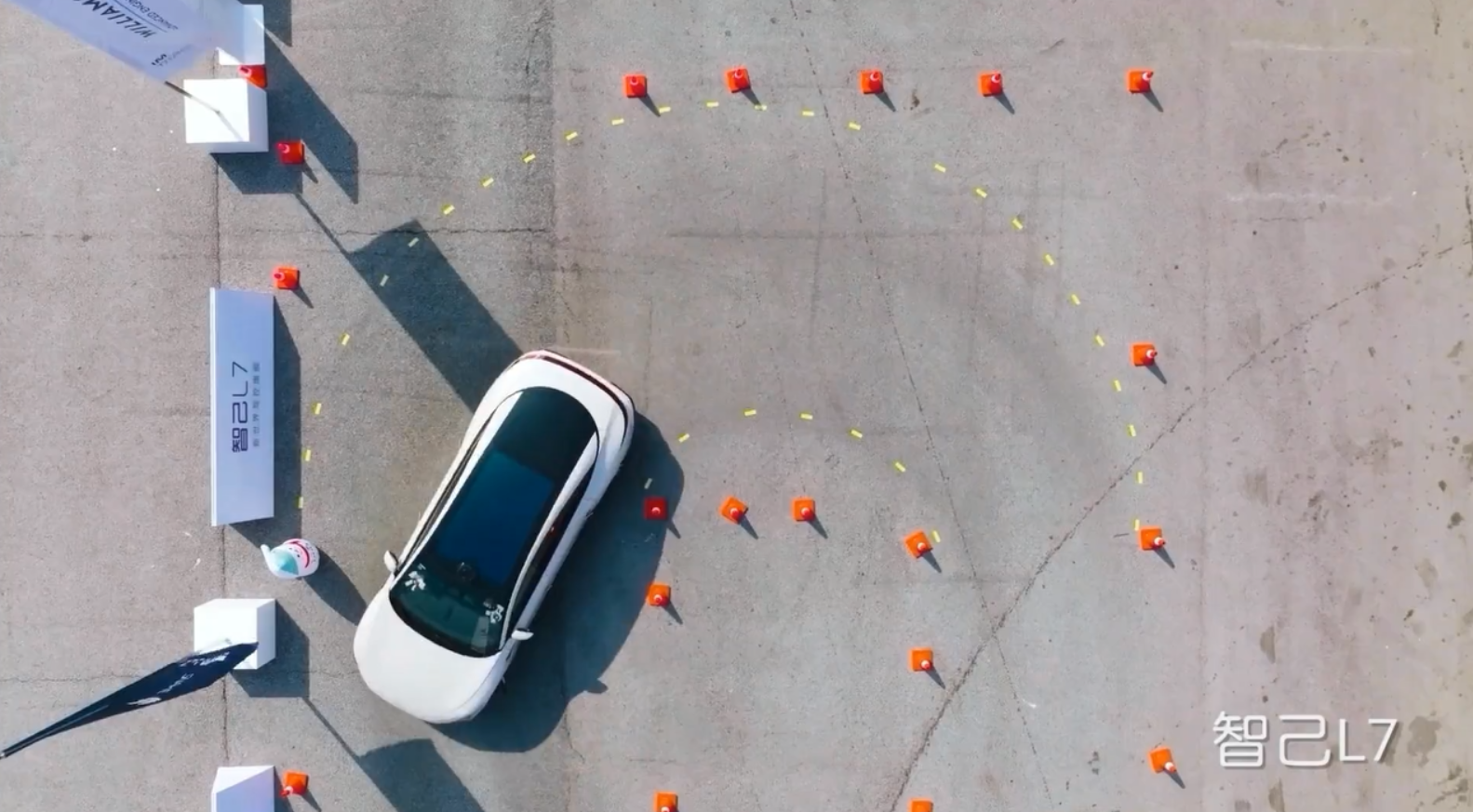
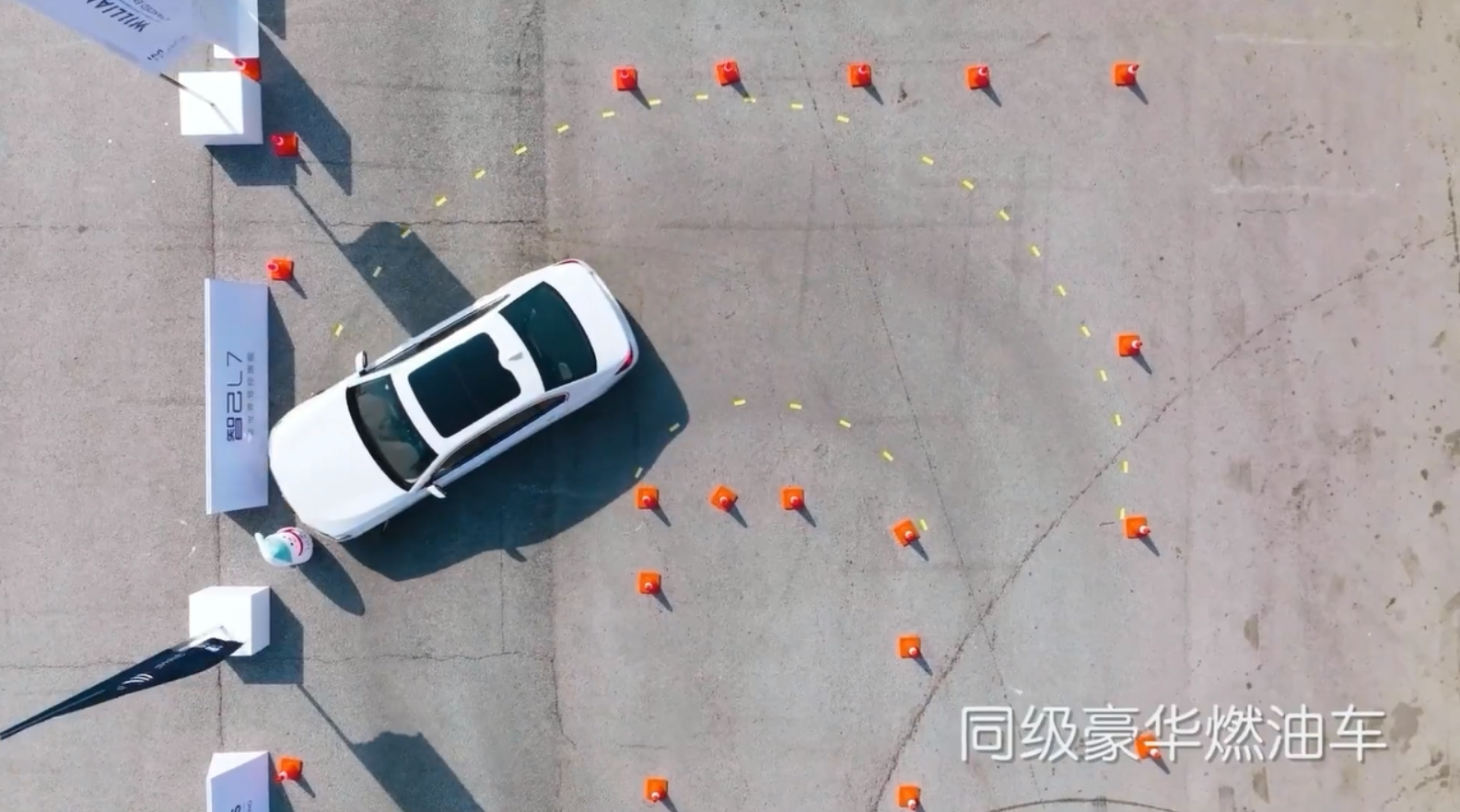
From the figures, it is clear that the turning radius of L7 is similar to that of grade A vehicles, far lower than that of other vehicles in the same class, and can easily turn in narrow roads. This is also the key to L7’s ability to achieve 3.1M space while having good street flexibility.
Excellent handling
The content inside should be familiar to everyone. There have been many promotions in this area recently, such as the use of intelligent CDC, tuning by the Williams Foresight team, and a maximum steady-state lateral acceleration of 0.968G. In fact, by looking at the actual lap results of Tianmas Mountain, we can get a more intuitive understanding of this aspect.
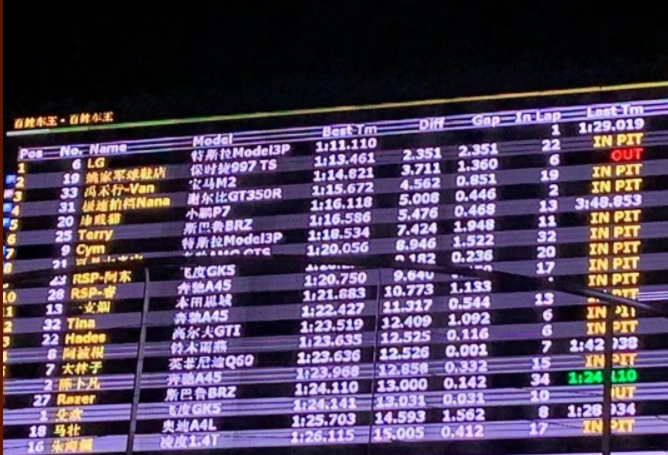
On the results sheet of a race on Tianmas Mountain, we can see that, except for Tesla model3P, which is slightly ahead of L7, other cars are behind L7. It is worth noting that the L7 is a factory configuration, and compared with other top-level supercars with factory configurations, the L7’s performance is no less impressive.
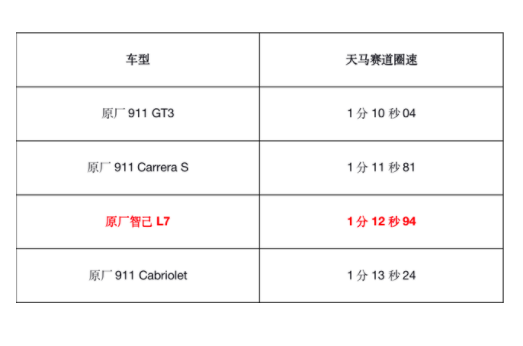
Here, we have to take a look at the prices of other cars:
-
911GT3: 1.87 million
-
911Carme S: 1.46 million
-
911Cabriolet: 1.33 million
-
IM L7: 368,800
From the above data, we can see that the price of IM L7 is only a fraction of that of supercars such as Porsche, but it seems to be no less impressive in terms of handling data, perfectly achieving the dual purpose of extreme performance and comfortable space.
Highlights of the new model
Luxury configuration removed
At the end of this press conference, IM launched a new model of L7: IM L7Dynamic version. This model mainly removes some luxurious configurations from the Pro model, such as: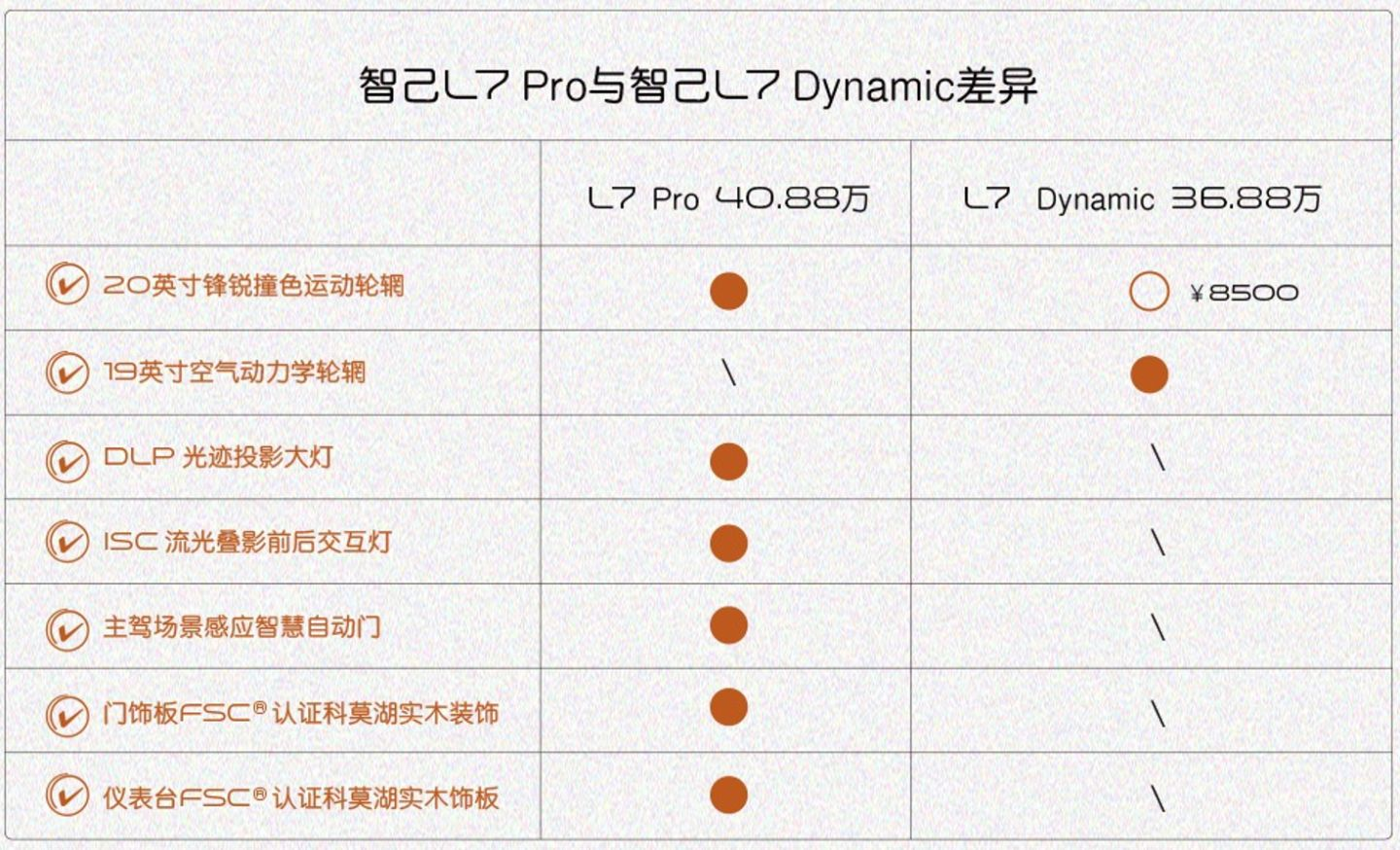
Actually, these configurations are mainly some intelligent experiences of new technology, such as the DLP projection lamp, which mainly realizes spot display on the road in front of the vehicle through programming. For example, it can project a “pedestrian crossing” to prompt users with personalized configurations. The ISC front and rear interactive lights mainly realize some text functions on the front and rear light strips, and the intelligent door can automatically open the car door when the driver approaches from behind.
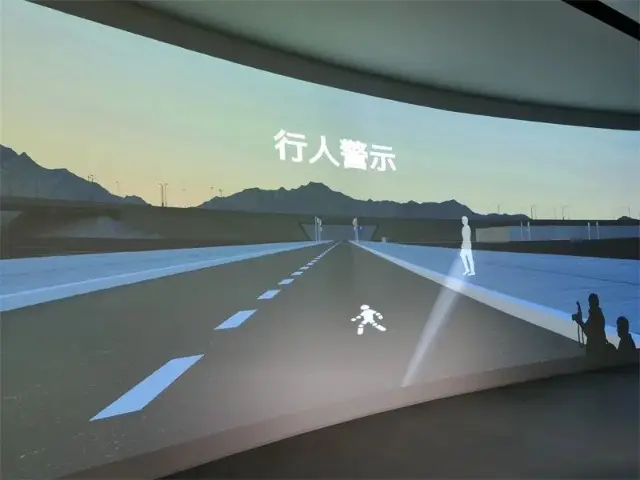
These functions are undoubtedly unique and attractive, but they are more of a forward-looking technological function in the current terminology. Choosing these functions undoubtedly comes at a high cost, and the practicality is not strong. For example, as mentioned above, the DLP headlight projection is basically invisible under sunlight during the day.
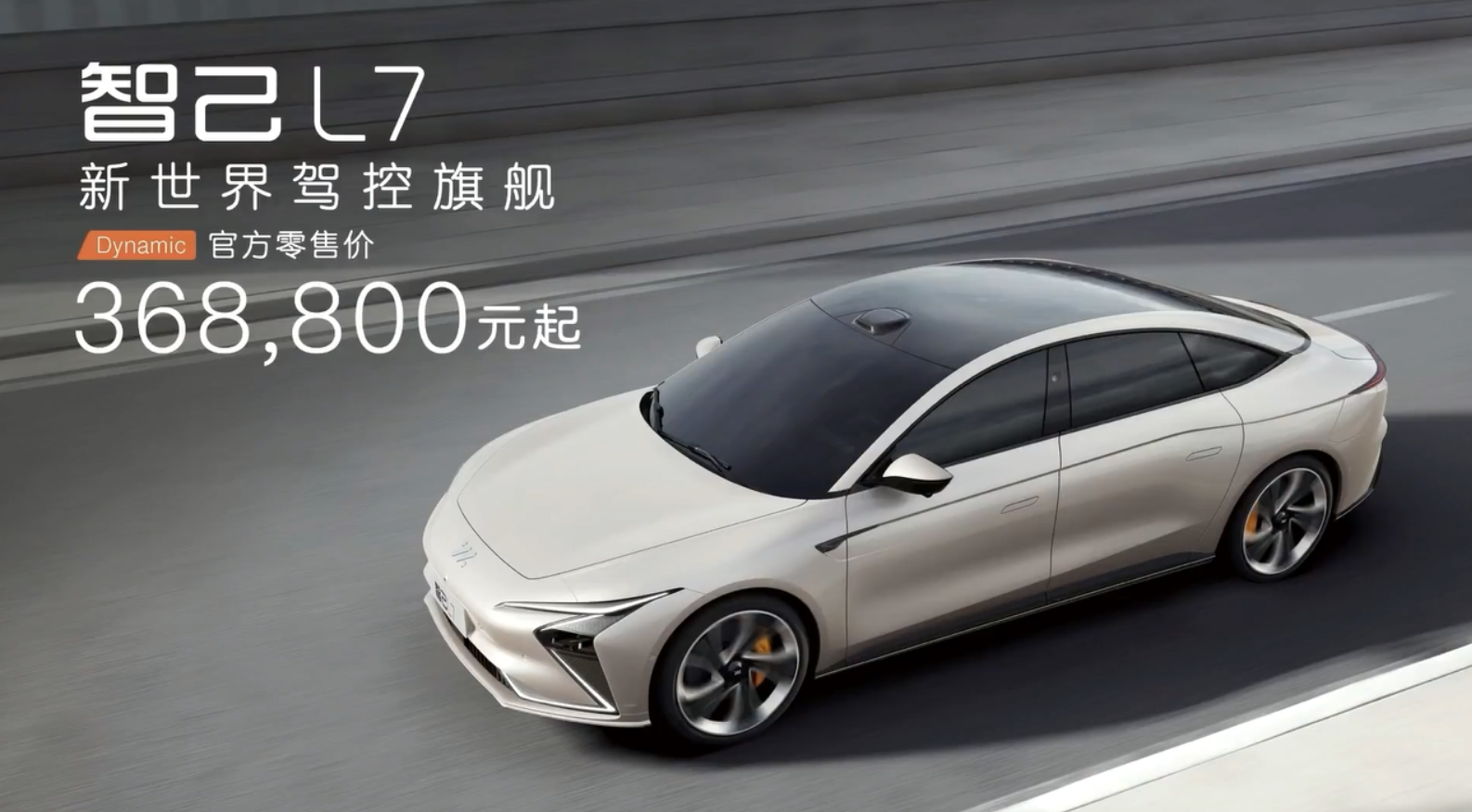
Most importantly, these functions can actually be more optional for consumers, allowing people who like them to purchase them while not forcing people who don’t like them to pay for this segment. In the new version, after removing these luxury configurations, the IM L7 comes to the 360,000 price range, which is also the first time that the IM L7 has entered the below-400,000 price range.
Retain Core Competitive Configurations
In addition to cutting off the luxury configurations mentioned above, the IM L7 Dynamic version retains all the configurations of the Pro version, including powerful power, excellent handling, smart driving, sustainable upgradability, and even the rights of A-round users, such as upgrading the battery capacity and lidar in the later stage.
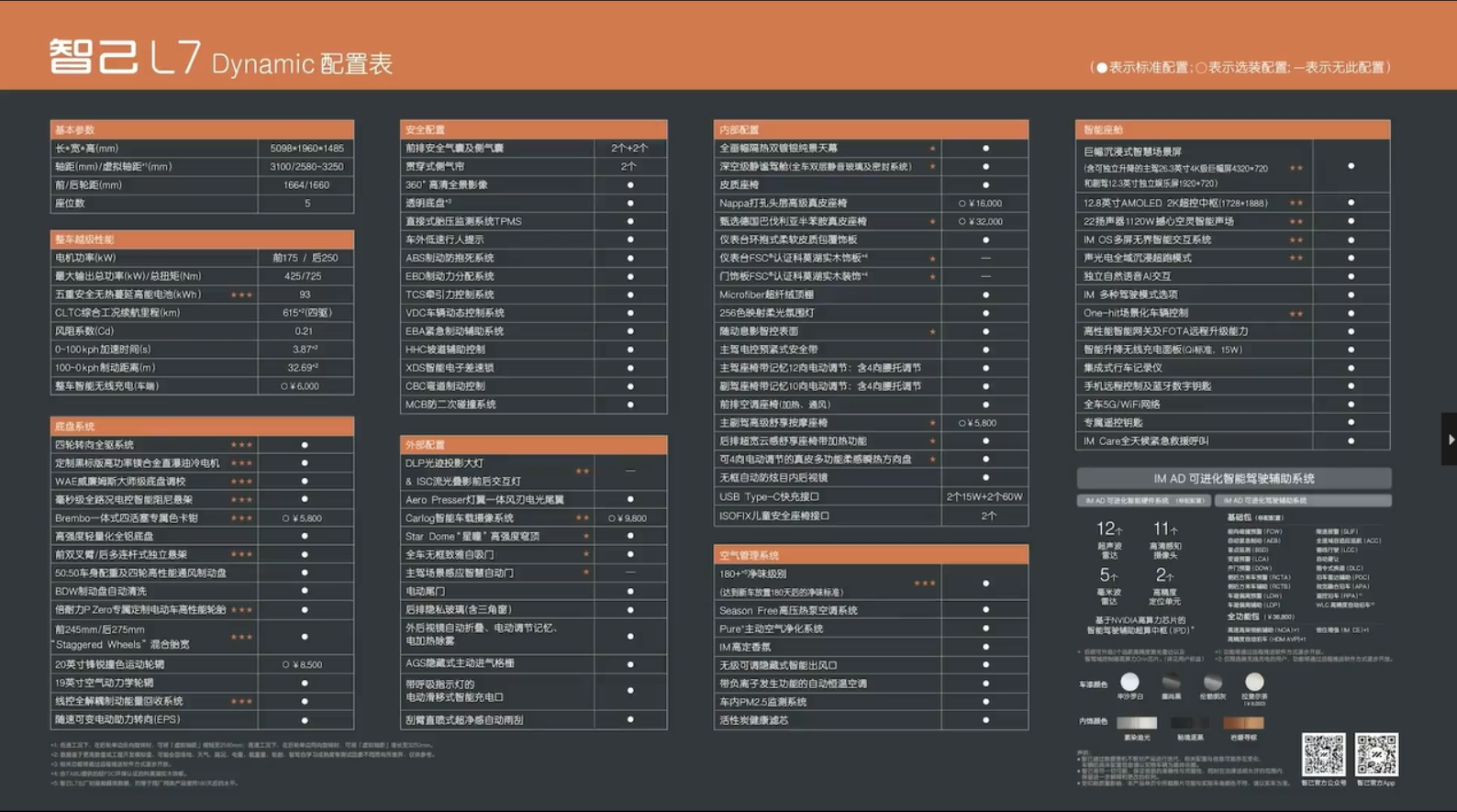
In fact, this version of the configuration makes me feel that the IM L7 has begun to enter a high-end cost-effective range. Compared with the previous “above-40” high-end positioning, the starting price of 36,000 combined with such a hardcore configuration should belong to the cost-effective selection in high-end models, especially in the current situation where new energy vehicles are rising in price.
Especially with the promise of upgrading the battery capacity to 115 degrees and the lidar upgrade in the later stage, car owners can completely reach the mainstream capabilities of the car model three years later.
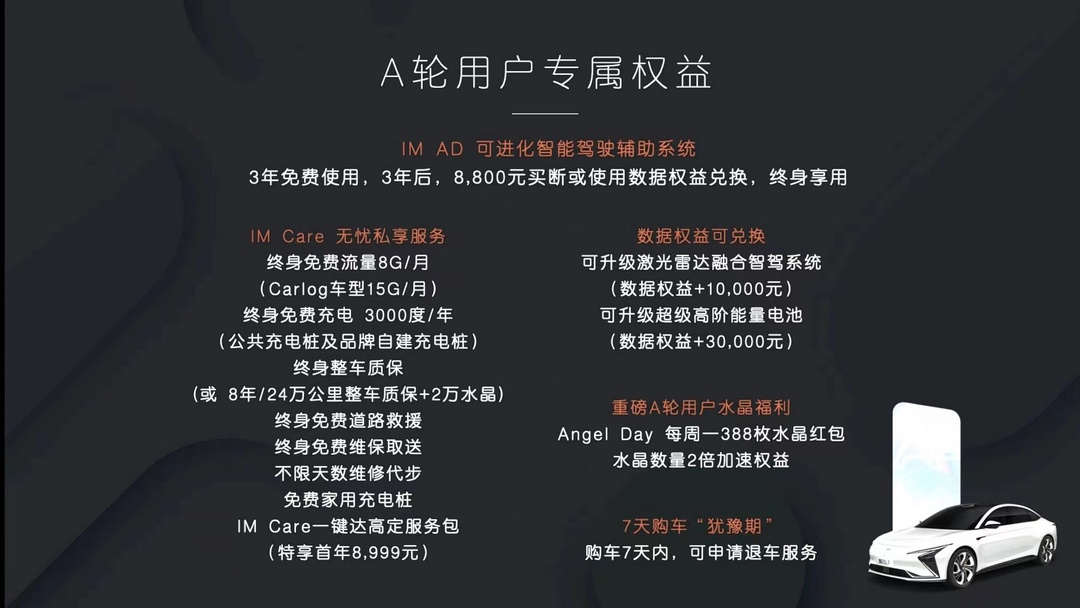 If we upgrade the battery capacity to 115 kWh as currently planned, the IM L7 will have the same result as changing to a brand new battery after driving for three years, but with even higher capacity. Although the current driving range of IM L7 is already long enough at 615 kilometers, with the upgraded 115 kWh battery in three years, the driving range may reach around 800 kilometers (CLTC), which will be among the mainstream at that time. Similarly, with the help of lidar, the IM L7 will be able to reach the mainstream level of assisted driving in three years. This innate upgradability is definitely worth considering. Moreover, based on the OTA hardware specified at the time of release and the endorsement of SAIC, the fulfillment rate is quite high, which can avoid some new players’ frequent cancellations.
If we upgrade the battery capacity to 115 kWh as currently planned, the IM L7 will have the same result as changing to a brand new battery after driving for three years, but with even higher capacity. Although the current driving range of IM L7 is already long enough at 615 kilometers, with the upgraded 115 kWh battery in three years, the driving range may reach around 800 kilometers (CLTC), which will be among the mainstream at that time. Similarly, with the help of lidar, the IM L7 will be able to reach the mainstream level of assisted driving in three years. This innate upgradability is definitely worth considering. Moreover, based on the OTA hardware specified at the time of release and the endorsement of SAIC, the fulfillment rate is quite high, which can avoid some new players’ frequent cancellations.
Comparison with Competitors
The main competitors of IM L7 in the market are generally believed to be NIO ET7, Xpeng P7, and JeeKee Appolo 001. By analyzing several dimensions, we can see where IM L7’s competitiveness lies.
Firstly, in terms of pricing, NIO ET7’s 100 kWh version is priced above 500,000 RMB, far exceeding that of IM L7, even the smaller ET5’s 100 kWh version is more expensive than IM L7. The four-wheel drive version of JeeKee Appolo 001 is basically the same as IM L7. The current price of Xpeng P7 is slightly lower than that of IM.
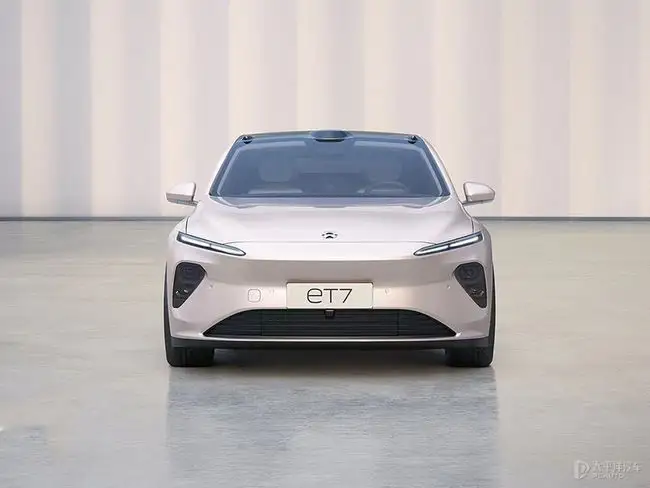
Secondly, in terms of space, IM L7’s 3.1-meter wheelbase is undoubtedly unique among the four cars, and both L7 and ET7 should have a similar comfort experience in terms of space.
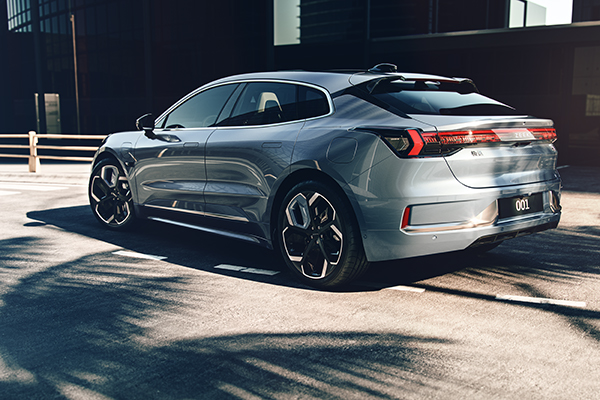
When it comes to handling, IM L7’s acceleration performance is basically the same as that of ET7 and JeeKee Appolo 001’s four-wheel drive version, far exceeding that of Xpeng P7’s four-wheel drive version. IM L7 has the shortest braking distance and undoubtedly ranks among the best in handling performance among the four products.
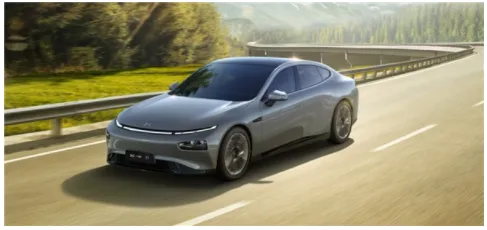
Regarding intelligent driving, IM’s current hardware configuration slightly surpasses that of P7, is equivalent to that of JeeKee Appolo 001, but inferior to ET7. Nonetheless, considering that lidar can be installed later, it is definitely worth looking forward to in terms of assisted driving capabilities.
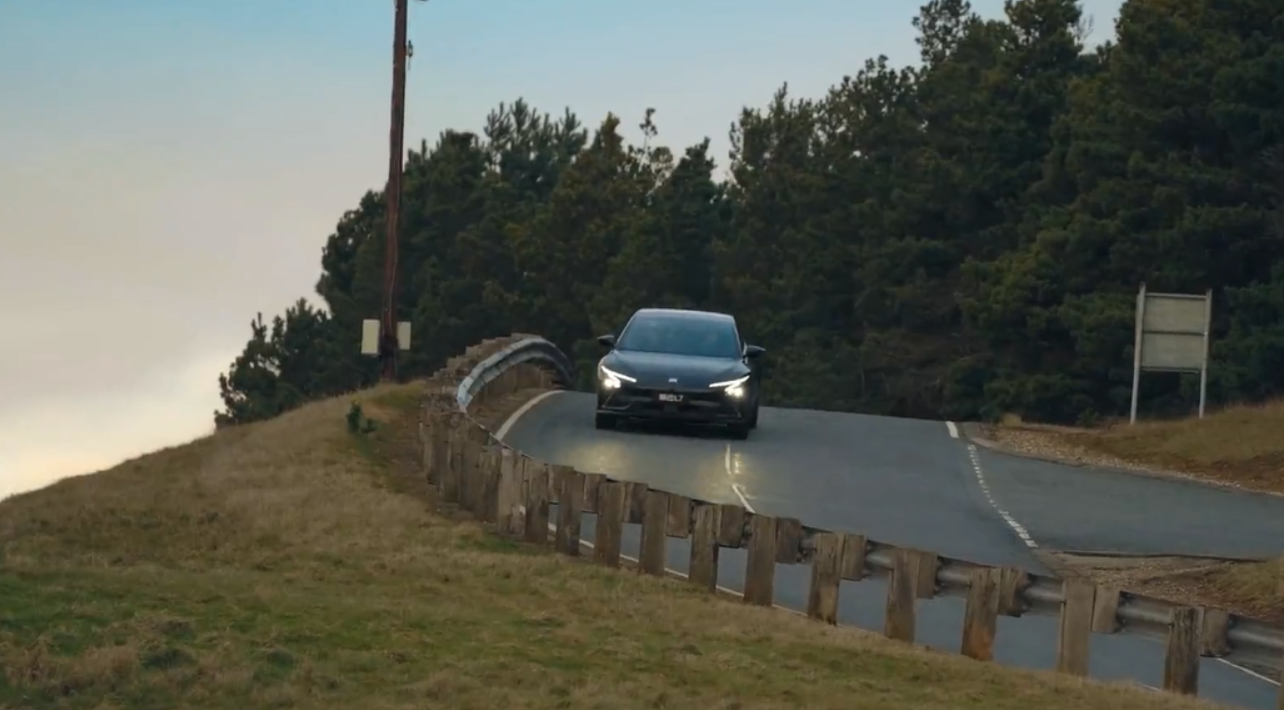
Only IM and NIO support upgrading the battery capacity in the future.“`
From the above comparison, it can be clearly seen that the IM L7 currently has basically no shortcomings, but in some aspects its strengths far exceed its competitors. With the rise of prices in the new energy vehicle market, the price of 36.88 is very sincere. This morning, there was a lot of enthusiastic feedback about this in our car enthusiasts group.
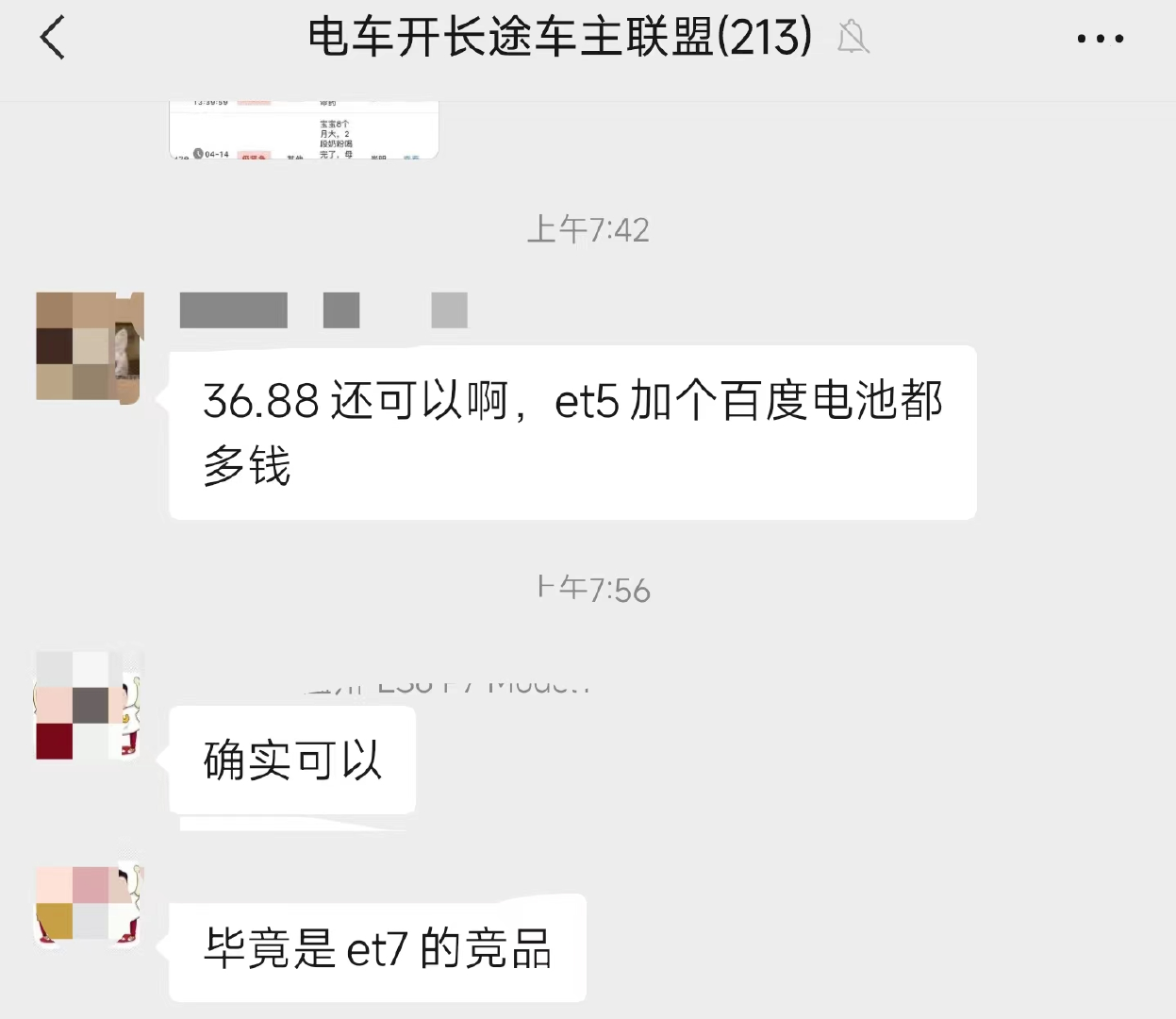
So, what do you think of the brand new model of IM L7? Let’s chat in the comment section.
“`
This article is a translation by ChatGPT of a Chinese report from 42HOW. If you have any questions about it, please email bd@42how.com.
